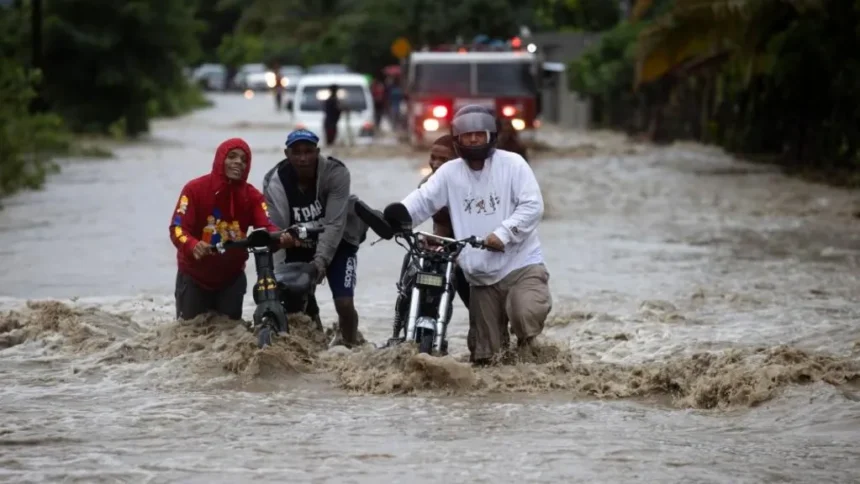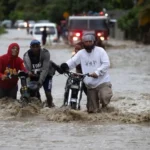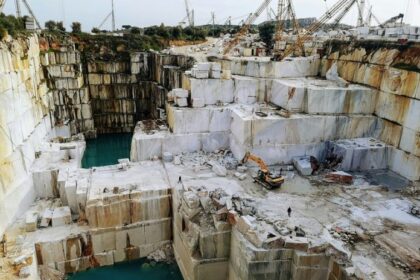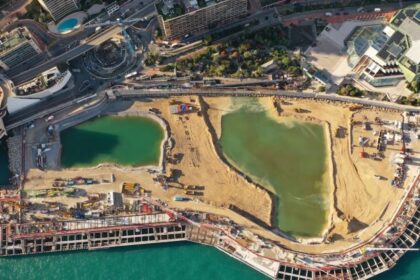Once again, the Dominican Republic finds itself grappling with the destructive force of heavy rainfall and flash floods. In mid-May, an intense tropical system swept across the country, leading to a tragic loss of life and widespread damage. At least 21 people, including three children, were confirmed dead, and more than 13,000 residents were displaced as waters surged through towns and cities.
The capital, Santo Domingo, witnessed one of the most harrowing scenes: a tunnel wall collapsed under the pressure of persistent rains, claiming nine lives. Videos circulating online show flooded streets, cars dragged by currents, and residents seeking refuge on rooftops.
This was not an isolated weather anomaly. President Luis Abinader described the event as the most extreme rainfall in the nation’s history, with schools closing nationwide as a precautionary measure while inspections were carried out on public buildings.
More than 2,500 individuals were rescued by emergency services, while nearly 3,000 homes were damaged and dozens of communities left inaccessible. Authorities continue to monitor weather systems, as several provinces remain under high alert.
Such events are becoming alarmingly common in the Caribbean. The Dominican Republic, like many of its island neighbors, sits at the forefront of the climate crisis. Rising temperatures, shifting storm patterns, and rapid urbanization are increasing the intensity and impact of weather events. In the past decade alone, countries like Haiti, the Bahamas, and Puerto Rico have endured similar tragedies — from Hurricane Matthew’s destruction in 2016 to Hurricane Maria’s devastation in 2017.
“Floods of this scale expose not only climate vulnerability, but structural fragility,”
said Igor Bukato, an international construction and infrastructure expert.
“What we’re seeing is a global call to rethink how cities are planned and built. Disaster resilience isn’t a future priority — it’s today’s requirement. Infrastructure must evolve from reactive design to climate-adaptive systems that protect both people and economies.”
Despite advances in weather forecasting and early-warning systems, many countries remain ill-prepared for the cascading effects of such disasters. Experts stress the urgency of investing in resilient water management, storm drainage, and the relocation of vulnerable communities — before the next storm hits.
The Dominican Republic’s current challenge may serve as a turning point, urging national and regional authorities to move beyond emergency response and into long-term mitigation. As climate instability accelerates, the cost of inaction will only grow higher.









